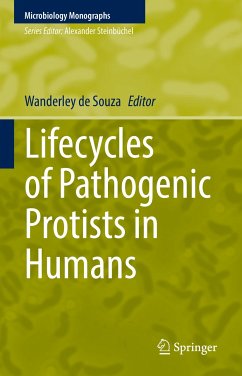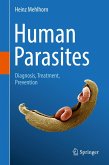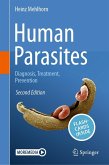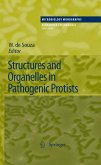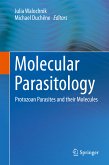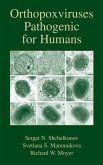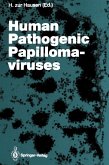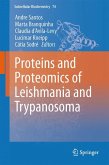The book employs light and electron microscopy to display the changing morphology in various stages of parasitic development. In turn, the results are supplemented by transcriptome and proteome profiles that help to describe how these changes take place on a molecular level. Both researchers and clinicians from tropical medicine will find essential and practically applicable background information on these increasingly important pathogens.
Dieser Download kann aus rechtlichen Gründen nur mit Rechnungsadresse in A, B, BG, CY, CZ, D, DK, EW, E, FIN, F, GR, HR, H, IRL, I, LT, L, LR, M, NL, PL, P, R, S, SLO, SK ausgeliefert werden.

